Cuckoo wasp
Overview of the Cuckoo Wasp — a dazzling yet elusive group of parasitic wasps:
🐝 Cuckoo Wasp (Family: Chrysididae)
🔹 Overview
- Common Name: Cuckoo wasp / Jewel wasp
- Scientific Family: Chrysididae
- Order: Hymenoptera (bees, wasps, ants)
- Number of species: Over 3,000 species worldwide
- Known for their brilliant metallic colors and parasitic behavior
🔹 Identification
- Size: Varies by species (2 to 15 mm)
- Color:
- Bright metallic blue, green, red, or gold
- Iridescent due to structural coloration, not pigments
- Body:
- Tough, heavily sculptured exoskeleton
- Abdomen often concave underneath to allow curling into a ball
- Wings: Clear or smoky, folded over the back at rest
🔹 Distribution
- Worldwide, except for extreme polar regions
- Highest diversity in warm, dry, and sunny climates
- Common in:
- Europe
- Africa
- Asia
- North and South America
- Australia
🔹 Habitat
- Open, sunny environments, including:
- Dry grasslands
- Woodlands
- Urban gardens
- Dead wood and bee hotels
- Most active in spring and summer
🔹 Behavior and Life Cycle
🐣 Parasitism
- Kleptoparasites or parasitoids
- Target nests of:
- Solitary bees (e.g., Osmia, Megachile)
- Solitary wasps (e.g., Eumeninae)
- Female cuckoo wasps enter the nest of a host and lay an egg
- The cuckoo larva:
- Eats the host larva or egg
- Or consumes the stored food meant for the host
🛡️ Defense
- Armored body protects them from stings
- Can roll into a tight ball (thanatosis) when attacked or disturbed
🔹 Notable Genera
- Chrysis – The largest and most well-known genus, e.g., Chrysis ignita
- Hedychrum – Often parasitic on crabronid wasps
- Elampus, Pseudomalus, Omalus – smaller genera with niche hosts
🔹 Ecological Role
- Control populations of solitary bees and wasps
- Part of the complex ecological web in many ecosystems
- Indicator species for biodiversity and habitat quality
🔹 Conservation
- Many cuckoo wasps are rare or localized
- Threats:
- Habitat loss
- Pesticide use
- Decline of host species
- Benefited by:
- Bee hotels
- Organic gardens
- Dead wood preservation
🔹 Fun Facts
- Their metallic sheen is due to light interference in cuticle layers
- Despite their beauty, they’re non-aggressive and do not sting humans
- Their parasitic strategy mirrors that of the cuckoo bird, hence the name
📸 Observation Tips
- Look on sunlit wood, stone walls, or around insect nests
- Most active on hot, dry days
- Often fly in a jerky, hovering pattern, inspecting cracks and crevices
Visited 66 times, 1 visit(s) today
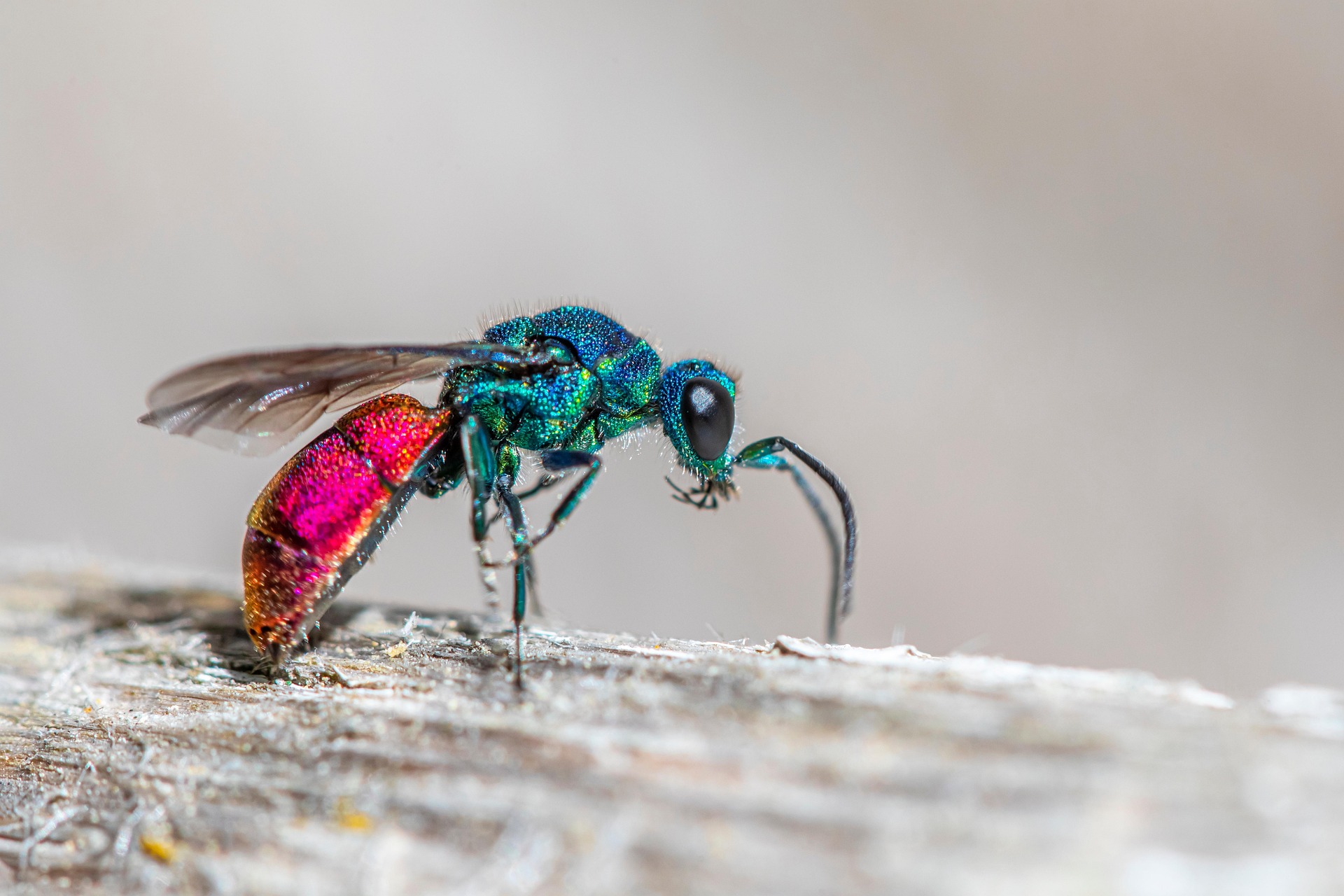
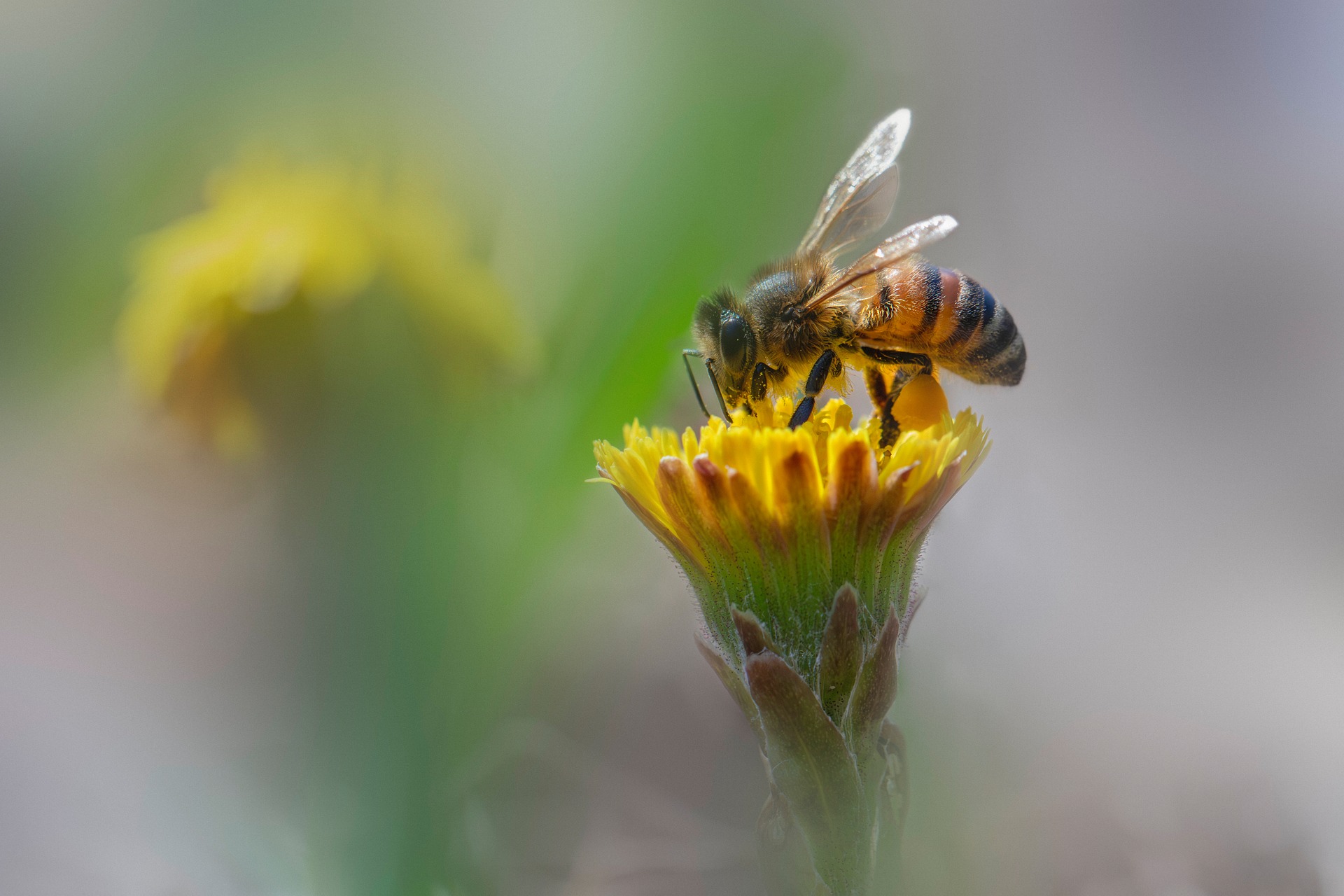


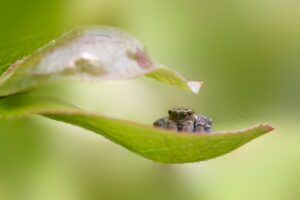
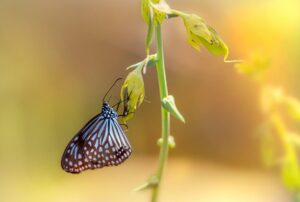
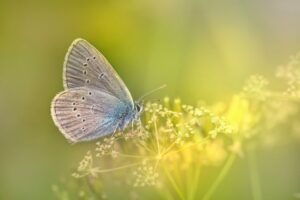
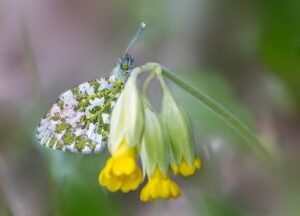
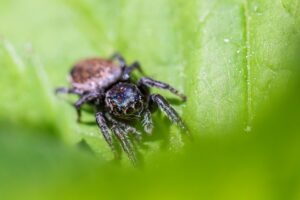
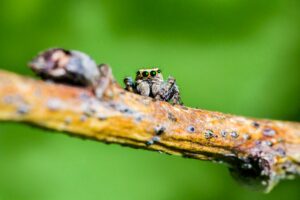
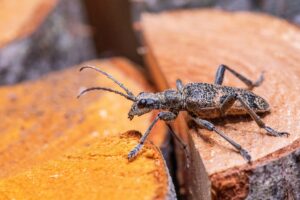
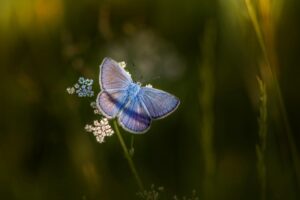
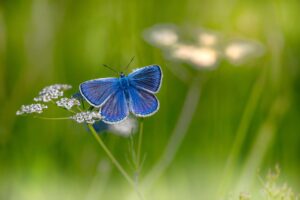
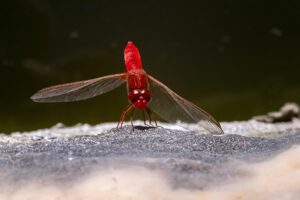
Post Comment